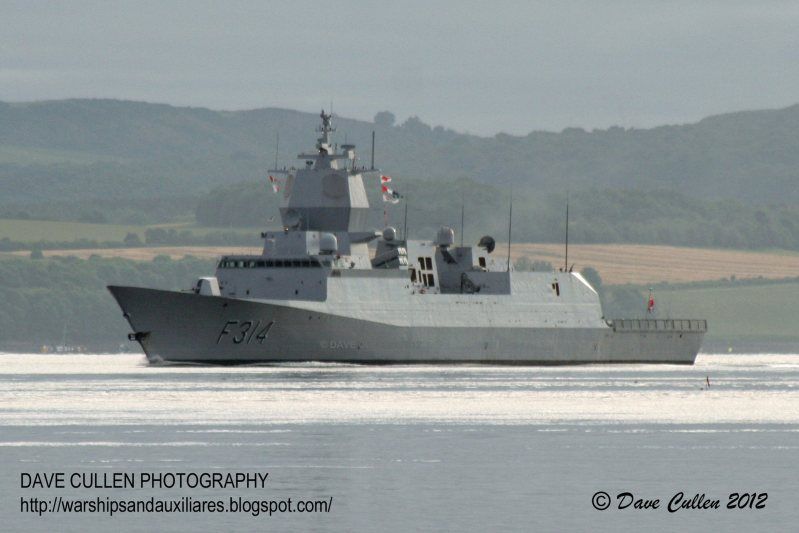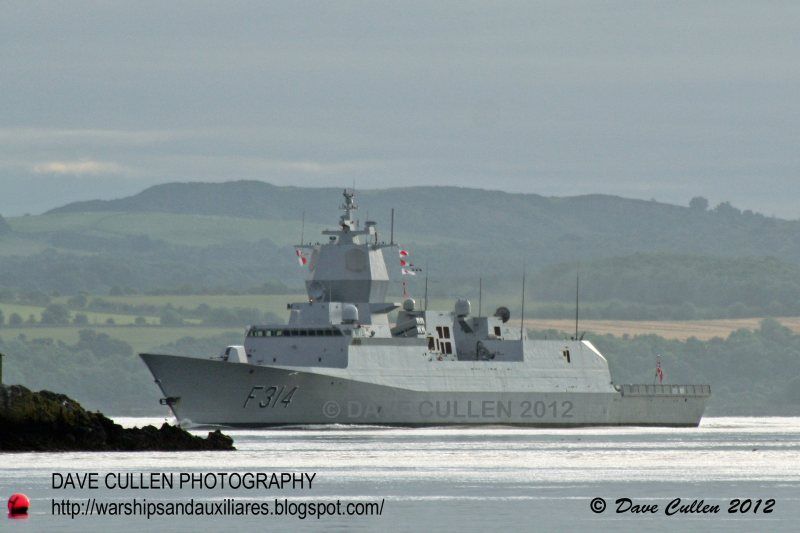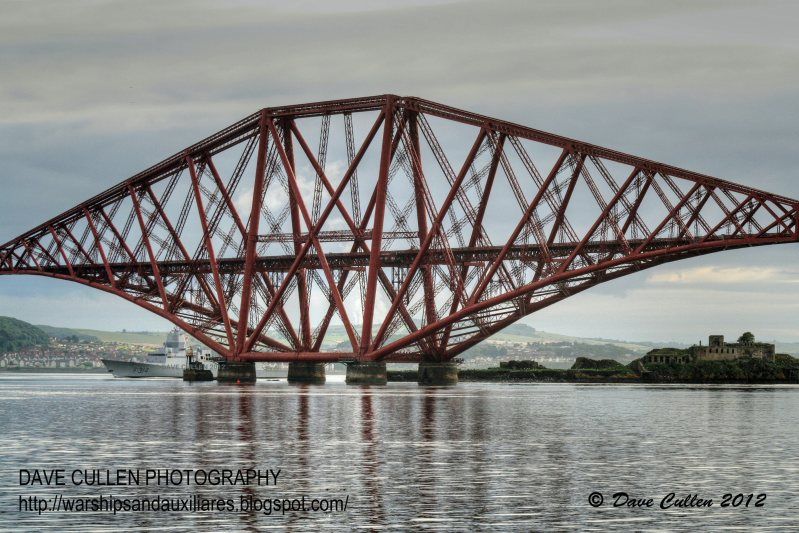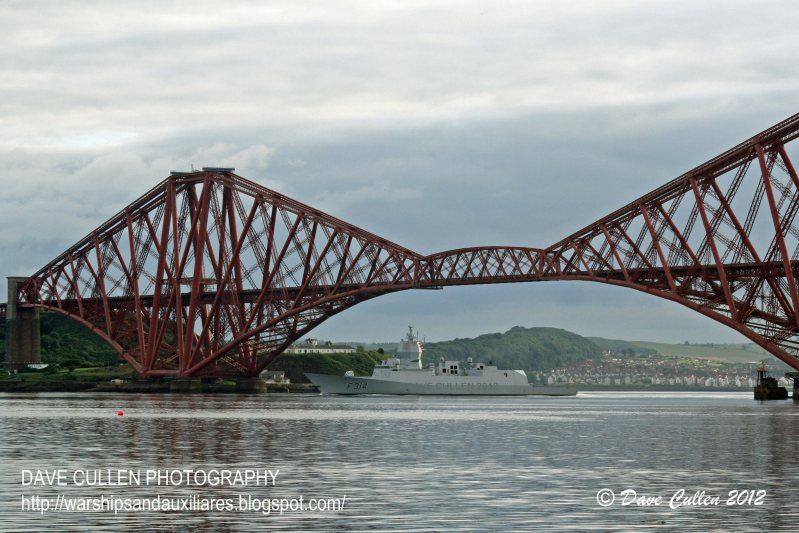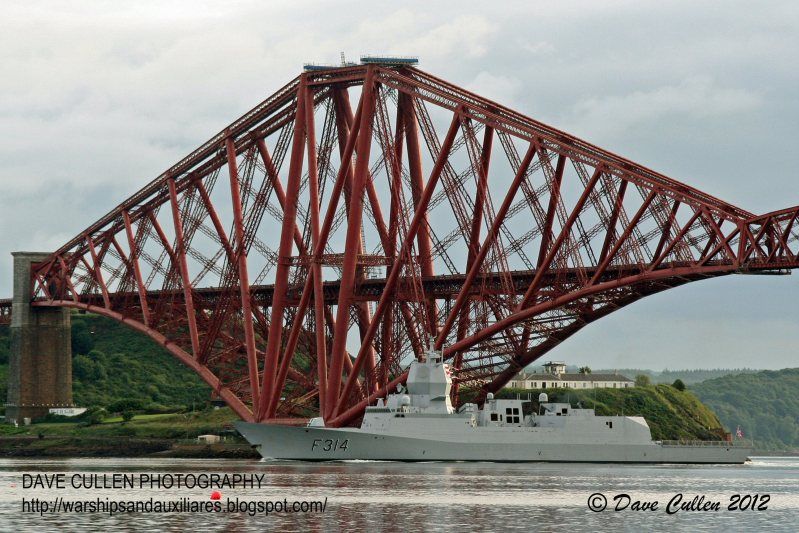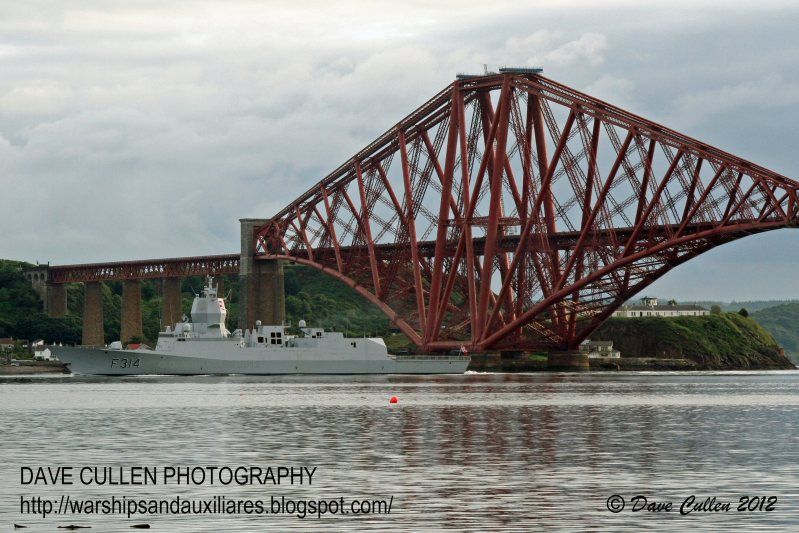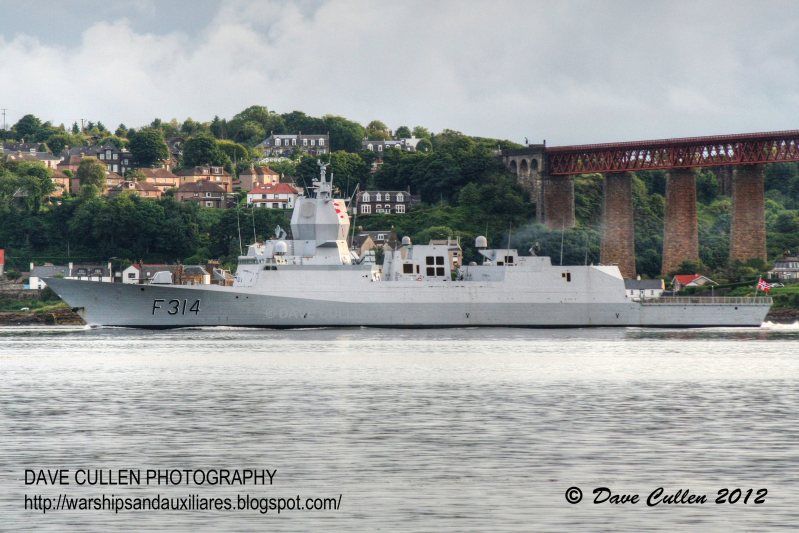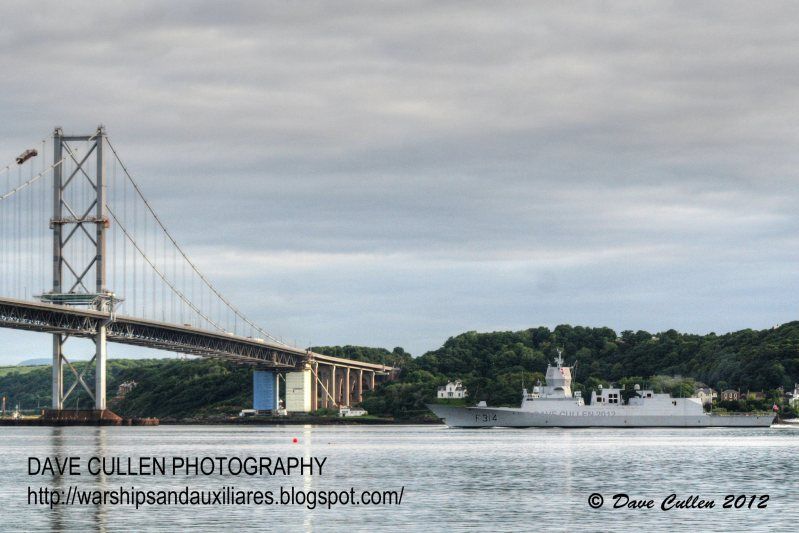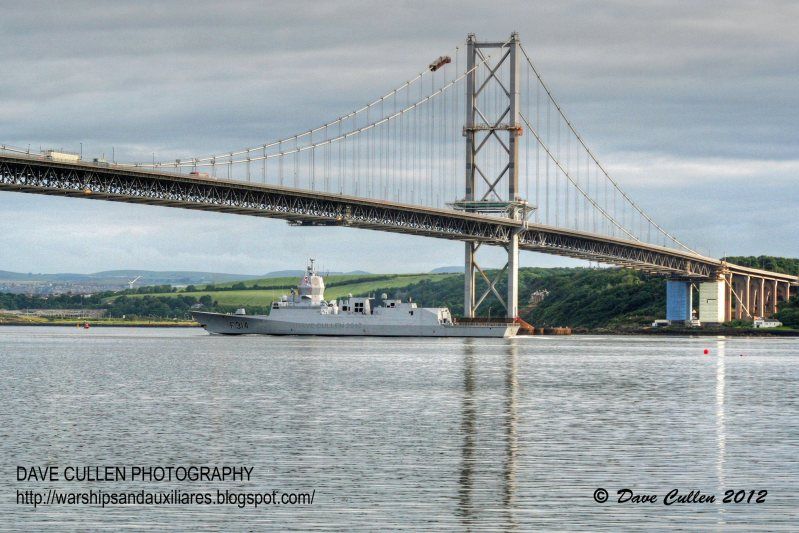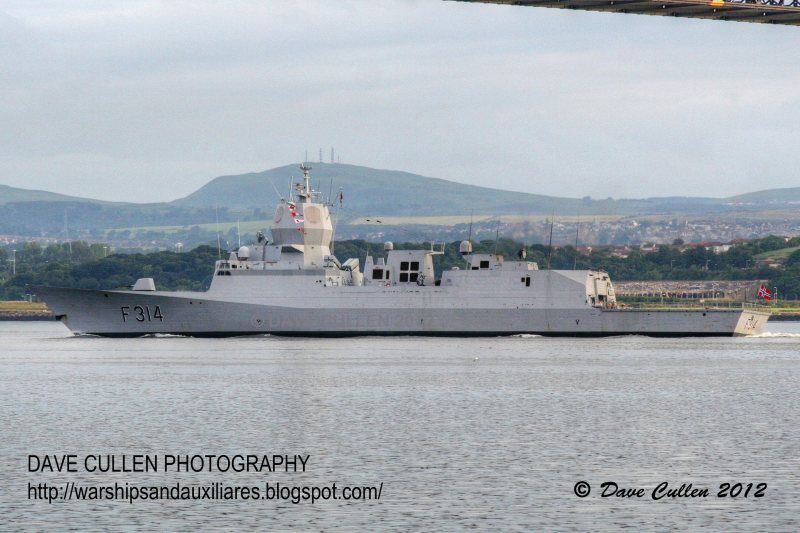The Fridtjof Nansen-class frigates are the main surface
combatant units of the Royal Norwegian Navy. The ships are named after famous
Norwegian explorers, with the lead ship of the class bearing the name of
Fridtjof Nansen, the Norwegian scientist, explorer and humanitarian. Five ships
were ordered from Spanish shipbuilder Bazan (now Navantia). As of 2011, five
ships are in active service. The total projected cost for all five ships is
NOK 21 billion.
The
frigates were originally intended as a replacement for the aging Oslo-class frigates, with a primary
focus on antisubmarine warfare (ASW). Eventually, the need for a robust
anti-aircraft defense as well as the possibility of incorporating the Naval
Strike Missile SSM produced by Norwegian company Kongsberg Defence &
Aerospace led to a more multi-role design. The selection of Navantia as prime
contractor led to the design being very similar to the Spanish Navy's Alvaro de Bazan-class frigates,
including the incorporation of Lockheed Martin's AEGIS combat system.
The
new frigates prove a great improvement over their predecessors, the Oslo-class frigates, not only in
size, but also in personnel, capabilities and equipment. Compared to the old Oslo-class vessels, the new ships will
be 35 meters longer, nine meters taller and two meters deeper below water. They
will also be five meters broader and have three times the water displacement of
the old ships. This will go a great way to solving one of the problems with the
Oslo
class: lack of space and much discomfort for the crew. The frigates will also
operate six new NFH NH90 helicopters, with the role as an extended
"arm" of the frigates' ASW and ASuW capabilities.
On 26
February 2009, the Norwegian government decided to deploy Fridtjof Nansen to the Gulf of Aden,
thereby participating in the ongoing Operation Atalanta, the European Union's
counter-piracy campaign in Somalia.
Fridtjof Nansen joined the
campaign in August 2009.
Fridtjof Nansen's engagement in Operation Atalanta was carried
out without a permanently stationed helicopter.
Mainly due to delays in delivery of the new NH-90, the ship was equipped
with two ultra-fast RHIBs as a replacement for its onboard contingent of marine
infantry. In November 2009 she became
involved in a firefight with suspected pirates after being attacked while
inspecting a fishing vessel.
The
ships are named after explorers
F310 Fridtjof Nansen
F311 Roald Amundsen
F312 Otto Sverdrup
F313 Helge Ingstad
F314 Thor Heyerdahl
Thor Heyerdahl is seen here sailing under The Forth Bridges on Friday 20th July 2012 at 06:45am
